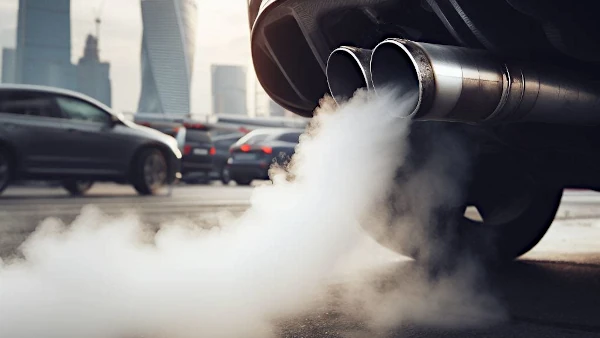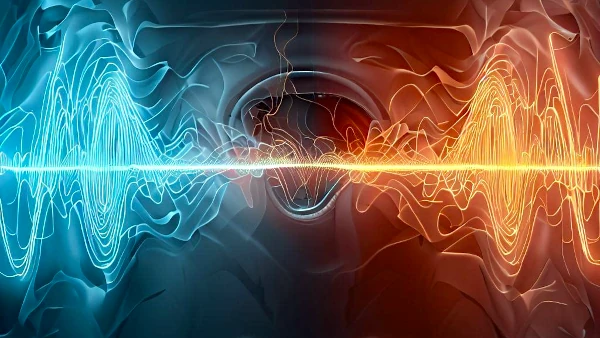Understanding Automotive Exhaust Noise: Pulsating and Flow Noise
Automotive exhaust noise is a complex phenomenon, with multiple sources contributing to the overall sound generated by a vehicle's exhaust system. Two primary contributors to this noise are pulsating exhaust noise and flow noise. Understanding the characteristics and origins of these noise components is essential for designing effective mufflers and noise reduction systems in modern vehicles. This article delves into the nature of these noises, their causes, and how they propagate, shedding light on the factors that influence automotive exhaust noise.
Pulsating exhaust sound

Pulsating exhaust noise is caused by the periodic release of exhaust gases from the engine cylinders. It is typically characterized by low frequencies and is directly related to the number of engine cylinders and engine speed. The basic frequency of this pulsating noise depends on the engine's rotational speed, the number of cylinders, and other factors.
However, the actual frequency varies depending on the design of the exhaust manifold and its length. Each engine type has its unique configuration, valve timing, and exhaust pulse characteristics, leading to variations in noise emissions. The level of exhaust gas noise varies with engine load and usually increases by 15 dB from unloaded to full load conditions.
Flow Noise

Flow noise arises when exhaust gases flow turbulently through the exhaust system and during their exit. It can have a broad spectrum or tonality depending on how it is generated. Tonal flow noise with a specific frequency occurs when the gas stream encounters an obstacle, creating swirling vortices. This frequency is determined by factors such as flow velocity, Strouhal number , and critical diameter.
Flow noise can also have a broad spectrum and is generated at the exhaust outlet when exhaust gases interact with the surrounding atmosphere. Research has shown that flow noise in exhaust systems can be amplified by resonances in the system.
Flow noise is governed by Lighthill's acoustic theory, linking pressure fluctuations in flows to the generation of acoustic waves. Kunz provided a solution to the Lighthill equation for exhaust flow noise. Since flow noise is a type of aerodynamic noise, its acoustic power can be expressed through an equation that considers various factors.
Modern engines can generate exhaust speeds up to 0.25 Mach
However, supersonic exhaust flow directly from the exhaust valves is rare due to factors like compression ratio and valve opening dynamics. Instead, it is more likely that waves will steepen as pressure waves travel through the exhaust system.
Noise Propagation
Exhaust noise can propagate from the exhaust system to the surroundings through direct exhaust outlet or emanation from the exhaust structure (shell noise). It is crucial for the exhaust system to be tightly sealed along its entire length up to the exhaust outlet. Even small openings before the outlet can significantly affect the acoustic parameters of the system and pose a risk of exhaust gas leakage.
Research has shown that noise emanating from the exhaust system primarily occurs when the exhaust system has large, flat surfaces. The use of thin-walled semi-silencers and elliptically shaped mufflers in modern vehicles, due to limited space, allows for these large acoustically efficient surfaces. To mitigate shell noise, stiffening the walls of the system or increasing their transmission loss is effective.
Advances in Quieter, Efficient Automotive Exhaust Systems

In conclusion, automotive exhaust noise is a multifaceted issue influenced by factors such as engine type and design, exhaust system configuration, and vehicle speed and load. By comprehending the dynamics of pulsating and flow noise, as well as noise propagation, manufacturers can implement strategies to mitigate unwanted sound emissions effectively. This knowledge is invaluable in the pursuit of quieter and more efficient vehicles that comply with stringent noise regulations. As scientists continue to explore these aspects, advancements in noise reduction technologies are expected to further enhance the acoustic performance of modern vehicles.
